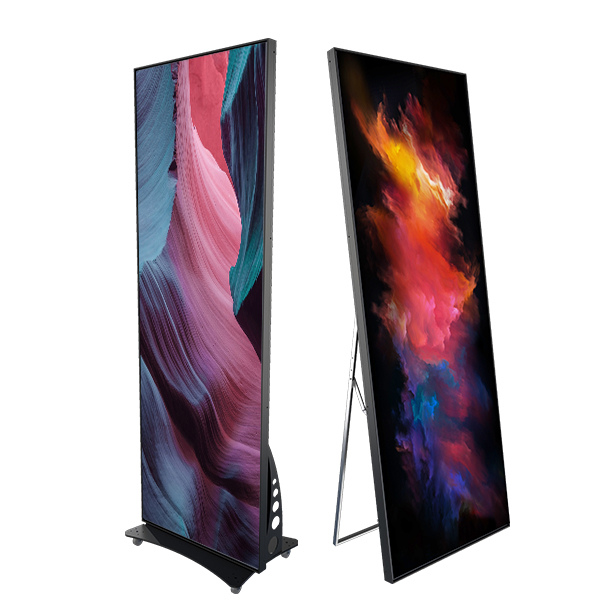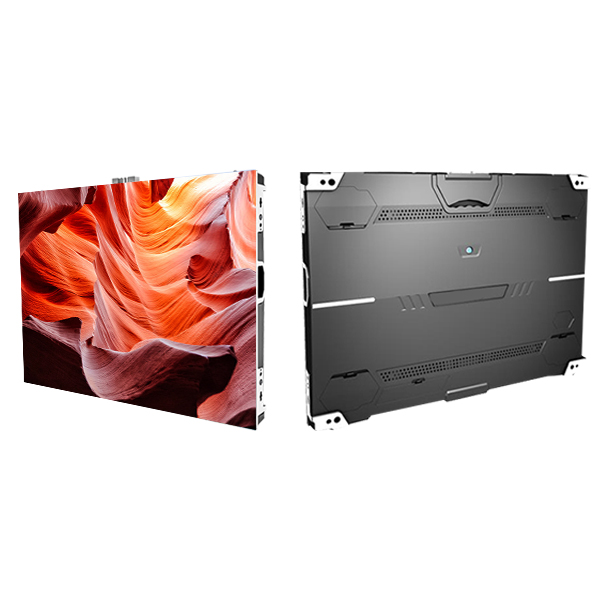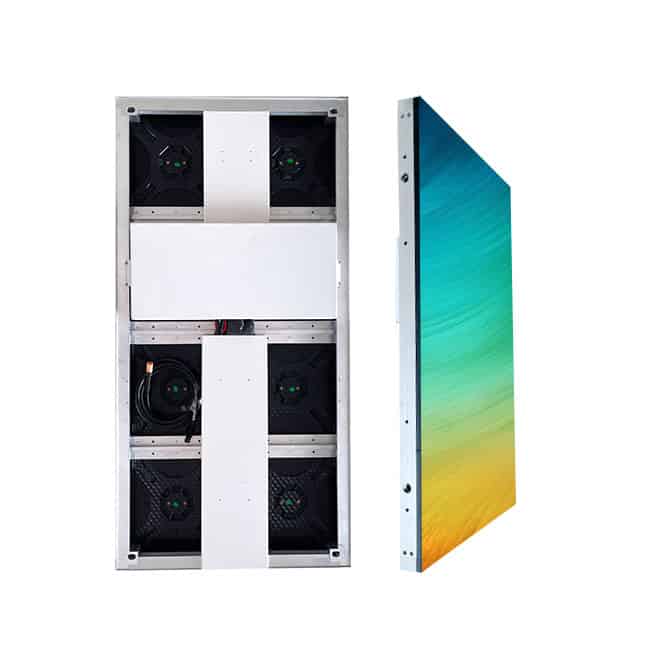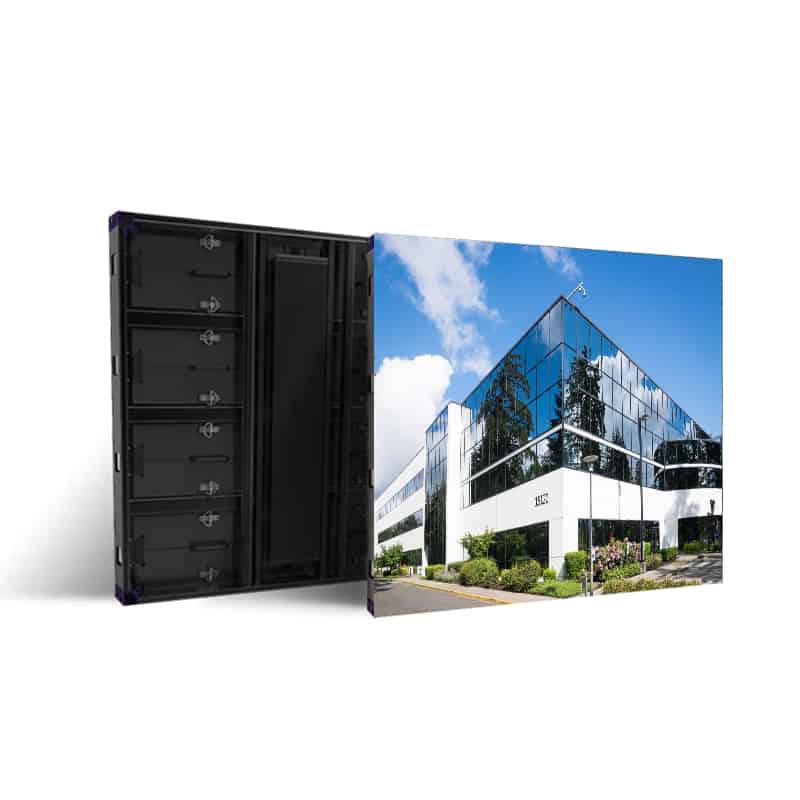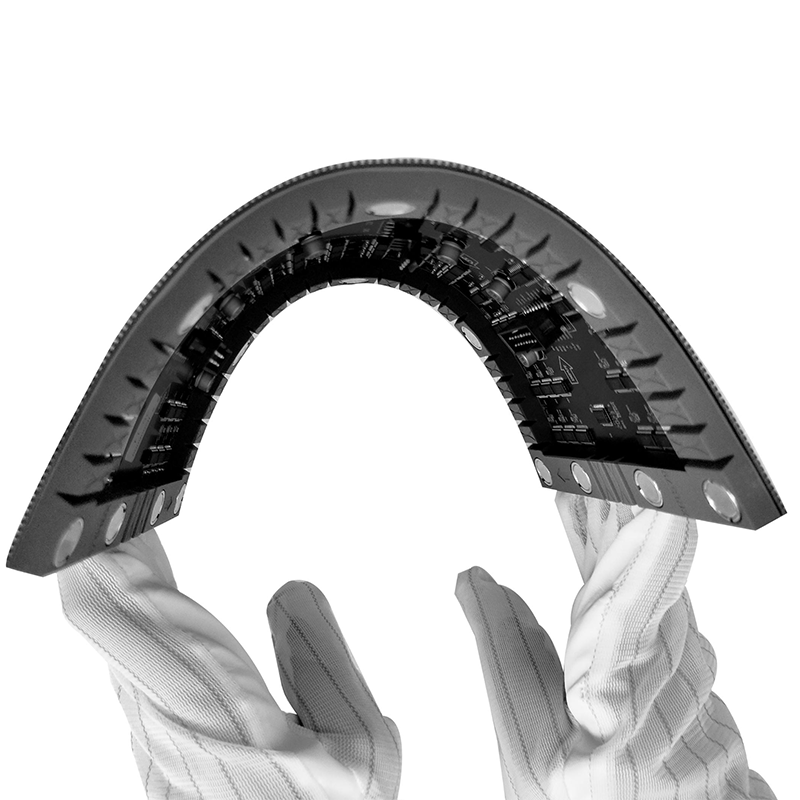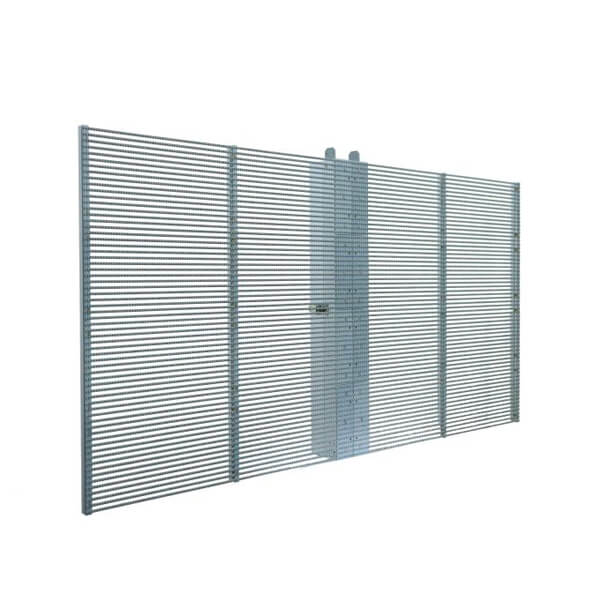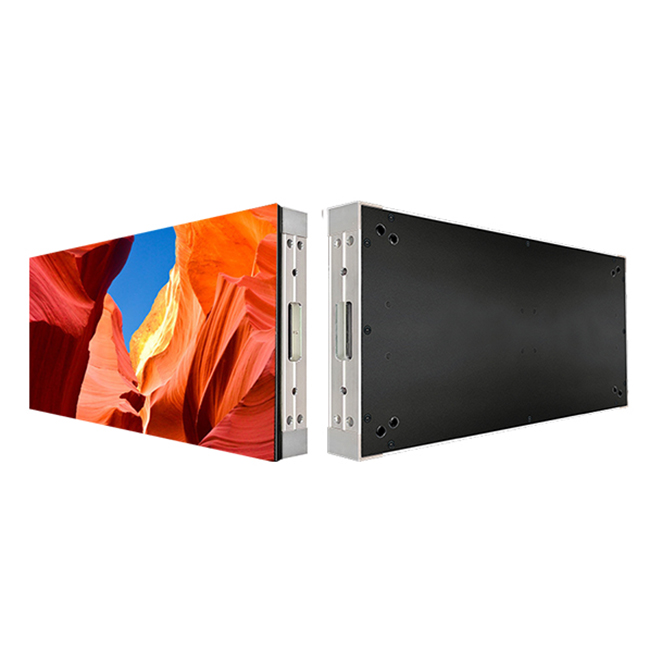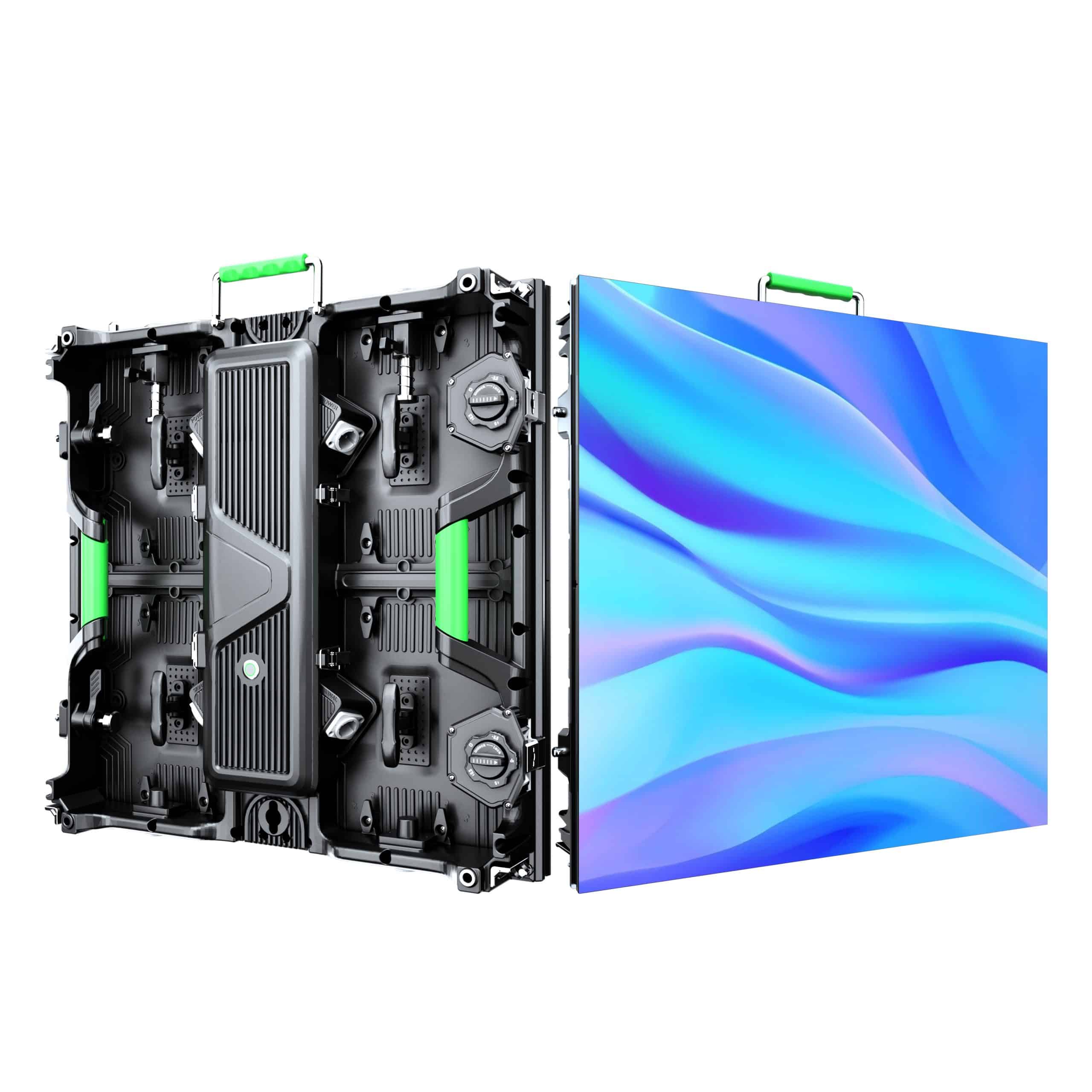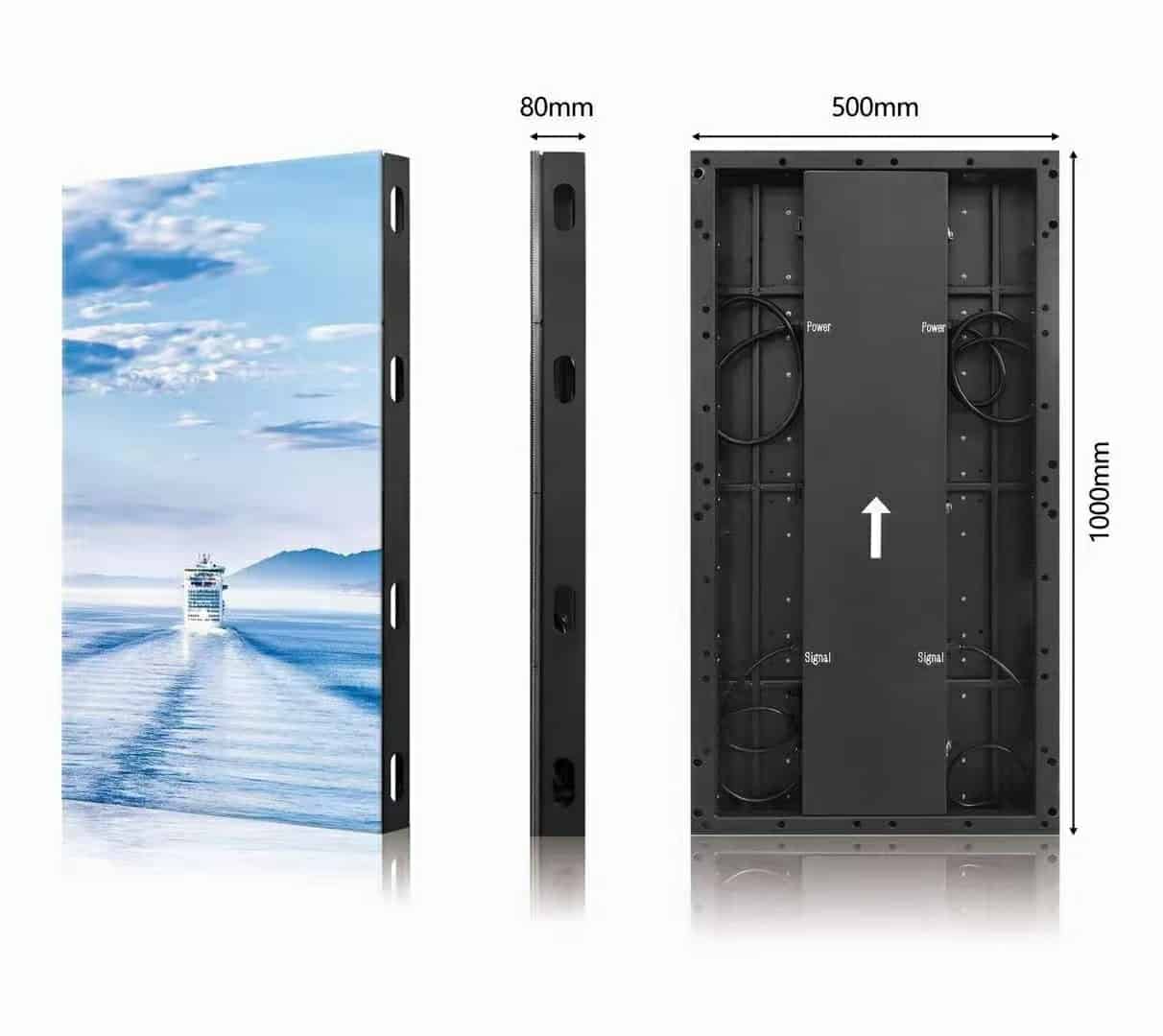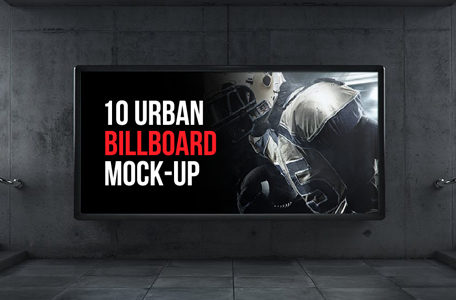What Is The Difference Between Flexible Led Displays And Rigid Led Screens?
In The Led Display Market, Flexible Led Display And Rigid Led Screen Are Two Common Types, Which Have Different Characteristics In Structure, Installation Method, Durability, Viewing Angle, Price, Etc. This Makes Many Users Confused When Choosing. Below, We Will Explore The Difference Between These Two Types Of Display Screens:
Structure And Design
Flexible Led Display Screens Use Flexible Substrates As The Base Material, Which Enables Them To Bend And Fold To Adapt To Various Shapes And Sizes, Such As Arcs, Cylinders, Etc. This Design Provides Great Flexibility And Adaptability, And Is Suitable For Installation On Curved Or Irregular Surfaces. In Contrast, Rigid Led Screens Use Rigid Substrates And Cannot Be Bent. They Can Usually Only Display Flat Rectangular Images And Are Suitable For Flat Installation Environments, Such As Outdoor Billboards And Large Display Screens.
Installation Method
Flexible Led Display Screens Can Be Easily Installed On Curved Or Irregular Surfaces, Such As Curved Stages Or Cylindrical Buildings, Due To Their Flexible Characteristics. This Installation Method Is Not Only Beautiful, But Also Can Effectively Utilize Space And Enhance Visual Effects. Rigid Led Screens Are More Suitable For Flat Installation Environments, With A Simple Installation Process, But They Are Less Flexible And Difficult To Adapt To Complex Installation Requirements.
Reliability
Flexible Led Displays Are Better In Terms Of Earthquake Resistance, Pressure Resistance, And Impact Resistance. The Characteristics Of Flexible Substrates Help Reduce Damage Caused By External Forces. Rigid Led Screens Are Relatively Fragile And Need To Be Used And Maintained Carefully To Prevent Damage Caused By External Impact.
Viewing Angle
Flexible Led Displays Usually Have A Wider Viewing Angle, And The Screen Content Can Be Viewed In A Wider Angle Range, Which Has Obvious Advantages In Situations Where Wide Viewing Angles Are Required. Rigid Led Screens Have A Smaller Viewing Angle And Limited Viewing Angles, Which May Affect The Audience’s Viewing Experience.
Durability And Service Life
In Terms Of Durability, The Connection Method Of Rigid Led Screens Is Safer And More Reliable, And Is Not Prone To Problems Such As Leakage. If It Does Not Move Or Change Its Shape For A Long Time, The Service Life Of Rigid Led Screens May Be Longer. Flexible Led Displays Perform Well In Terms Of Earthquake Resistance, Pressure Resistance, And Impact Resistance, Which Helps To Extend The Service Life. Durability Depends Not Only On The Material And Structure Of The Screen Itself, But Also On The Use Environment And Maintenance Methods.
Price And Cost Performance
In Terms Of Price, Flexible Led Displays Of The Same Area Are Usually 10% To 30% More Expensive Than Rigid Led Screens. Despite The High Price, Flexible Led Displays Have Significant Advantages In Aesthetics And Personalized Display, And Can Meet The Needs Of More Diverse Application Scenarios. Therefore, In Terms Of Cost-Effectiveness, It Is Necessary To Make Comprehensive Considerations Based On Specific Application Scenarios And Needs.
In General, Flexible Led Displays And Rigid Led Screens Have Their Own Advantages. Flexible Led Displays Use Advanced Display Technology, Which Can Provide High-Definition And High-Color Saturation Picture Displays, Giving Viewers A Delicate And Realistic Visual Experience, And Achieving A Unique And Immersive Display Effect. Users Should Weigh Their Specific Needs And Budget When Choosing.


